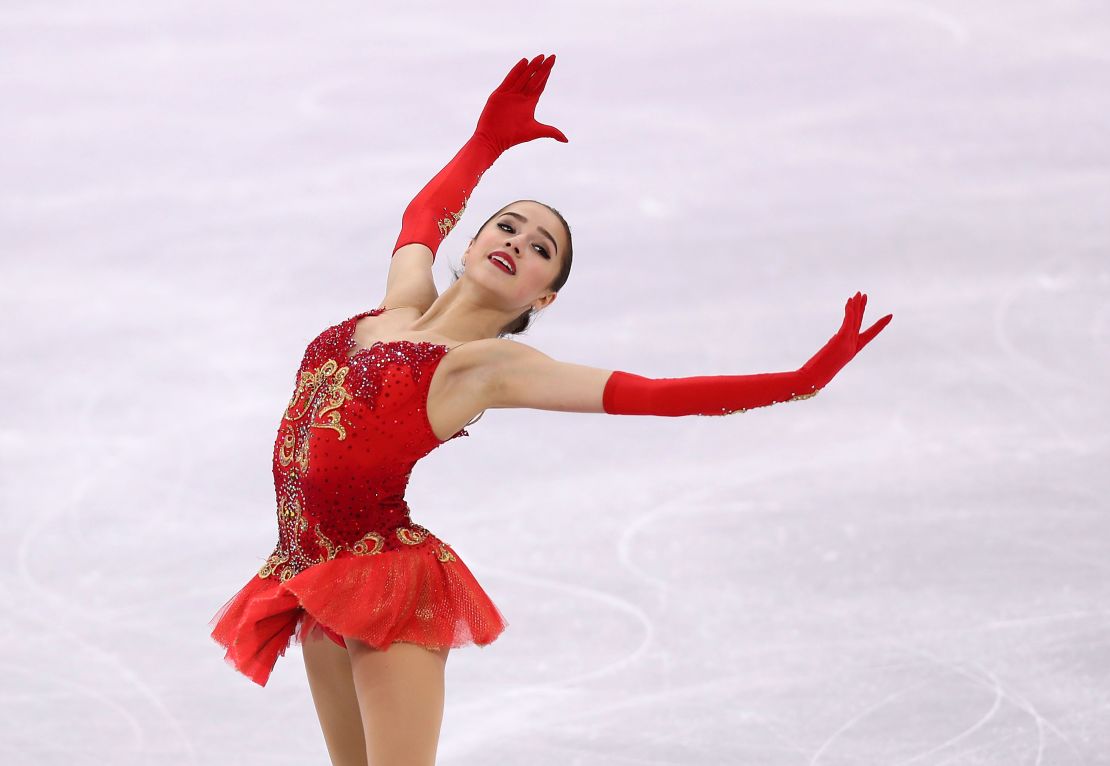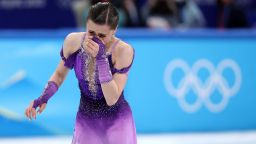Gone are the days when Olympic figure skating was scored solely at the judges’ discretion, with subjective points awarded on a 6.0 scale.
A 2002 Olympic figure skating scandal – with allegations of score-fixing – upended the sport and led to a complete overhaul of the scoring system – one that awards more points for stamina and strenuous athletic feats.
Now, another Olympic skating controversy has gripped die-hard and casual fans alike.
Kamila Valieva, 15, gave a test sample that later tested positive for the banned substance trimetazidine on December 25, the day she won the Russian national championship.
Trimetazidine is a medication that can increase stamina and make “your heart work more efficiently,” said Dr. Elizabeth Murray, pediatric emergency medicine physician at the University of Rochester Medical Center.
But the positive result wasn’t announced by the World Anti-Doping Agency-accredited Swedish lab until February 8, a day after Valieva and her Russian Olympic Committee teammates won gold in the team competition.
An Olympic official said Valieva blamed the positive test on a mix-up with her grandfather’s medication. The skater’s coach, Eteri Tutberidze, told Russian state news agency Tass her entourage is “absolutely sure” she is innocent.
As the investigation continues, Valieva was allowed to compete in the Olympic women’s individual figure skating event.
Here’s how the sport has evolved in recent years to reward increased athleticism and stamina:
More difficult jumps = more points
In 2004, the International Skating Union ditched the subjective “6.0” scoring system for the more rubric-based International Judging System that gives certain base points for jumps depending on their degree of difficulty and how many times the skater rotates in the air.
For example, a quadruple Lutz – in which a skater makes four revolutions in the air – carries more base points than a triple Lutz.
But a triple Lutz carries more base points than less difficult triples, such as a triple loop or a triple Salchow.
After each jump, skaters can gain or lose points from the base value depending on the grade of execution – how well or poorly they executed the jump.
All those numbers are part of the technical score. There’s also the presentation score, which rewards artistry and skating skills between jumps.
But in recent years, skaters have been able to win competitions largely due to points racked up from jumping – with quadruple jumps playing a larger role in men’s and women’s skating.
Why better stamina can win skaters more points
In women’s figure skating, athletes perform two routines: the short program, which is about 2 minutes and 40 seconds long, and the free skate, which is about 4 minutes long.

With the current scoring system, jumps performed in the second half of the free skate can get a 10% bonus because it’s more difficult to perform them on tired legs.
2018 Olympic champion Alina Zagitova, who was also coached by Tutberidze, capitalized on this and put all her triple jumps in the second half of her free skate. The 15-year-old Russian won Olympic gold and was celebrated by President Vladimir Putin.

But critics denounced Zagitova’s method of winning, saying the teen’s performance lacked artistry or relied too heavily on jumps crammed in the second half of the routine to maximize points.
After the widespread criticism in 2018, the International Skating Union created a new rule saying skaters will only get 10% bonuses for up to three jumping passes in the second half of their free skate. The new rule has been dubbed the “Zagitova rule.”
Since the last Olympics, women’s figure skating has been dominated by Russian teenagers such as Kamila Valieva, Anna Shcherbakova and Alexandra Trusova.
All three have won international championships after adding quadruple jumps in their routines – an enormous athletic feat.
Valieva became the first individual female skater to land a quad at the Olympics when she helped Russian skaters win the team event last week.
But she might not get that team Olympic gold medal around her neck for a while – if at all.
The International Olympic Committee’s executive board said this week that there would be no medal ceremony for the team event until it’s determined whether Valieva had violated anti-doping regulations.
CNN’s Simone McCarthy, Hannah Ritchie and George Ramsay contributed to this report.






